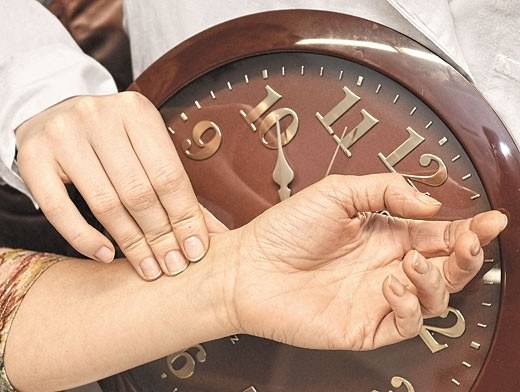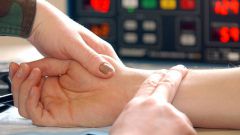Instruction
1
Compared with running, walking has much more advantages. For example, when her joints feel less shock load, and the ligaments and muscles in the calf/posterior surface stretch is much stronger, that increases the supply to them of nutrients. Also in the process of walking more involved shoulder girdle, and the load on the lungs, brain and the cardiovascular system are much lower than when running.
2
It is very important when walking is to monitor your pulse and blood pressure. For this purpose you can purchase a stopwatch or heart rate monitor, will also fit a normal wrist watch. These devices are worn on the hand and monitor their performance in online mode – you do not need to stop for making measurements and calculations. To see pulse, just look at the screen of this device. The normal pulse rate usually depends on the sex, age and state of health of the person. In addition, the pulse may vary depending on the season or a stressful situation.
3
To determine the upper limit of normal heart rate when walking, you can use a simple formula – simply subtract 180 from your current age. The resulting figure will be the maximum heart rate per minute. Thus, the pulse not exceeding a hundred beats when walking, is considered an indicator of excellent physical shape, while a score above 120 beats says about the bad physical preparation of the person to such loads.
4
In 25 years, the maximum permissible rate of heart rate during walking can reach 140 beats. In 42 years the rate is 138 beats per minute, at 70 – 110. The number of heartbeats in the process of walking from 100 to 130 beats talking about a small load on the body, 130-135 strikes are an indicator of the load average intensity, and maximum load is characterized by 170-200 beats per minute. Not to overwork you need to get involved in the healing walk slowly, not trying to put your own record, but going the route regularly to keep heart and joints accustomed to a certain physical impact and adjusted to its rhythm.
Note
One hour therapeutic walk can burn about 40 grams of fat and consume 250 to 300 calories.
Useful advice
Normally, the pulse should return to its original value after 3-4 minutes after stopping walk.


